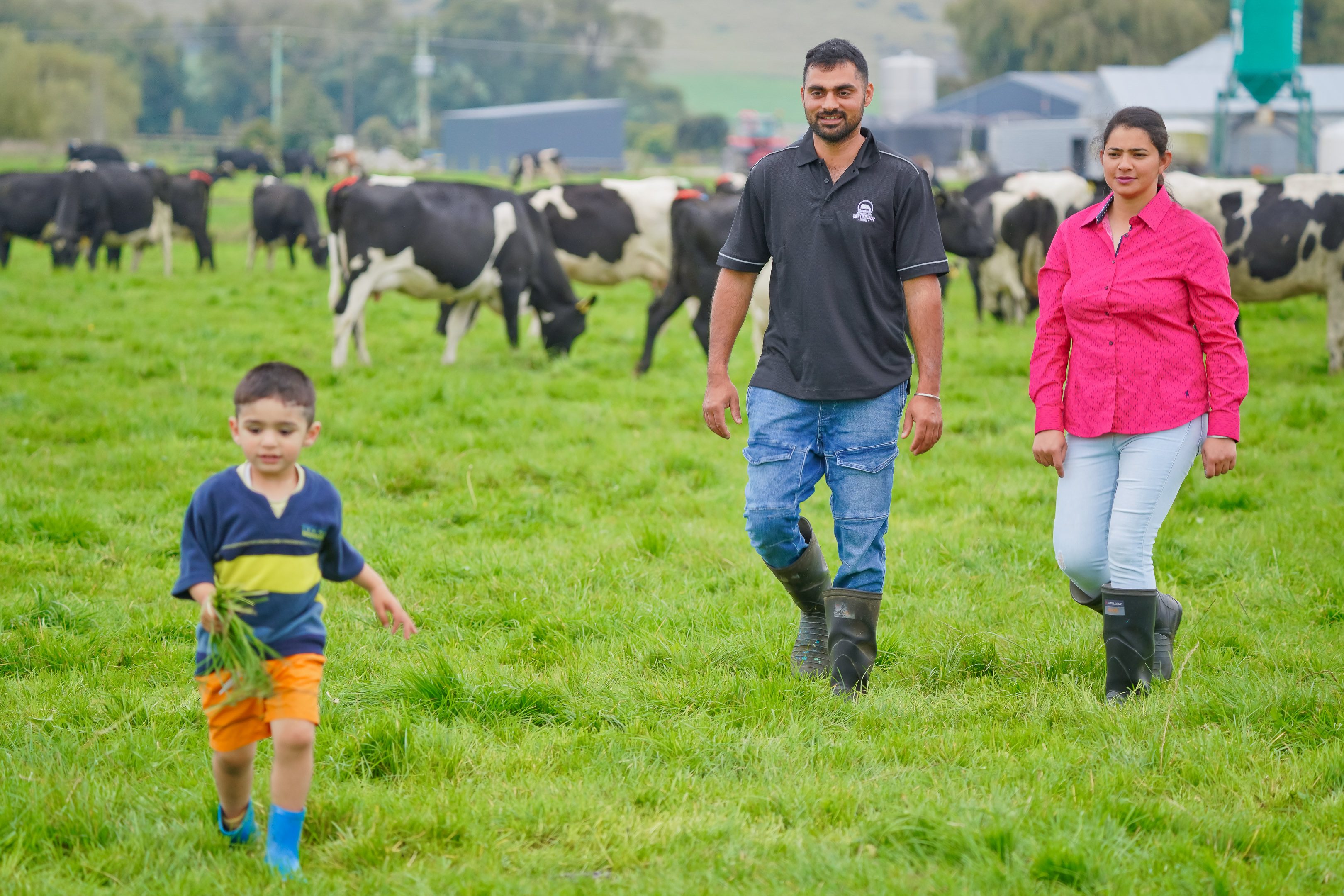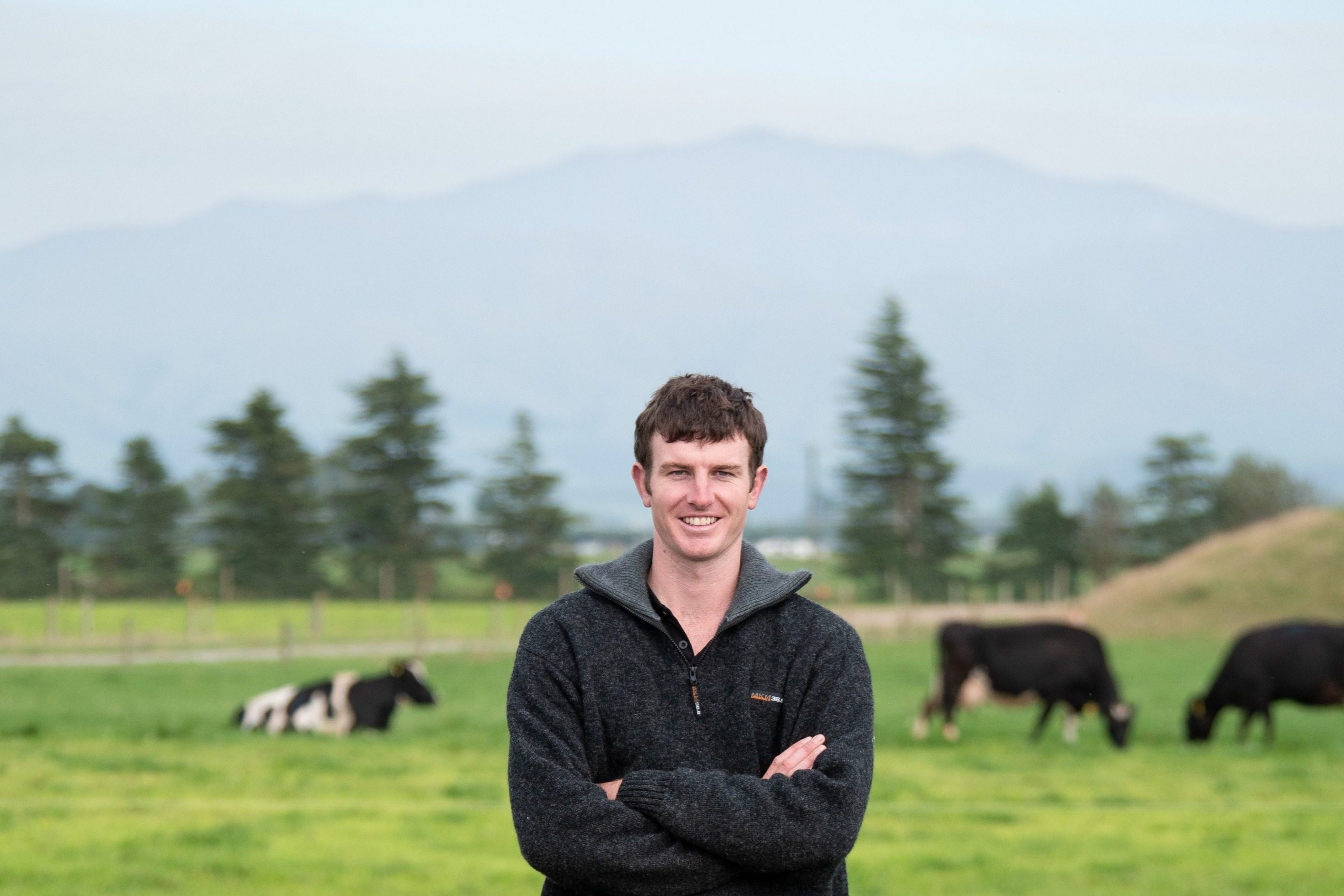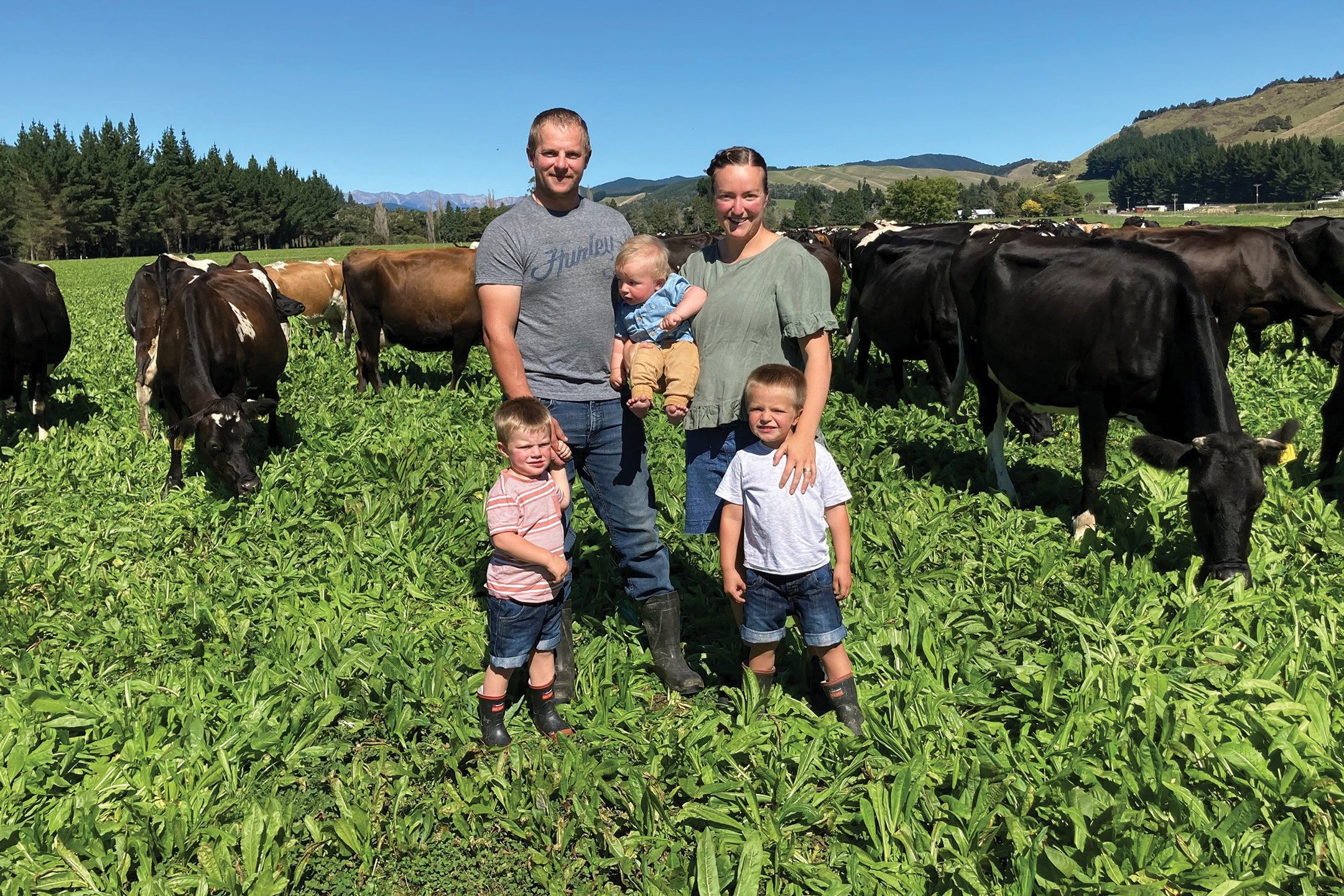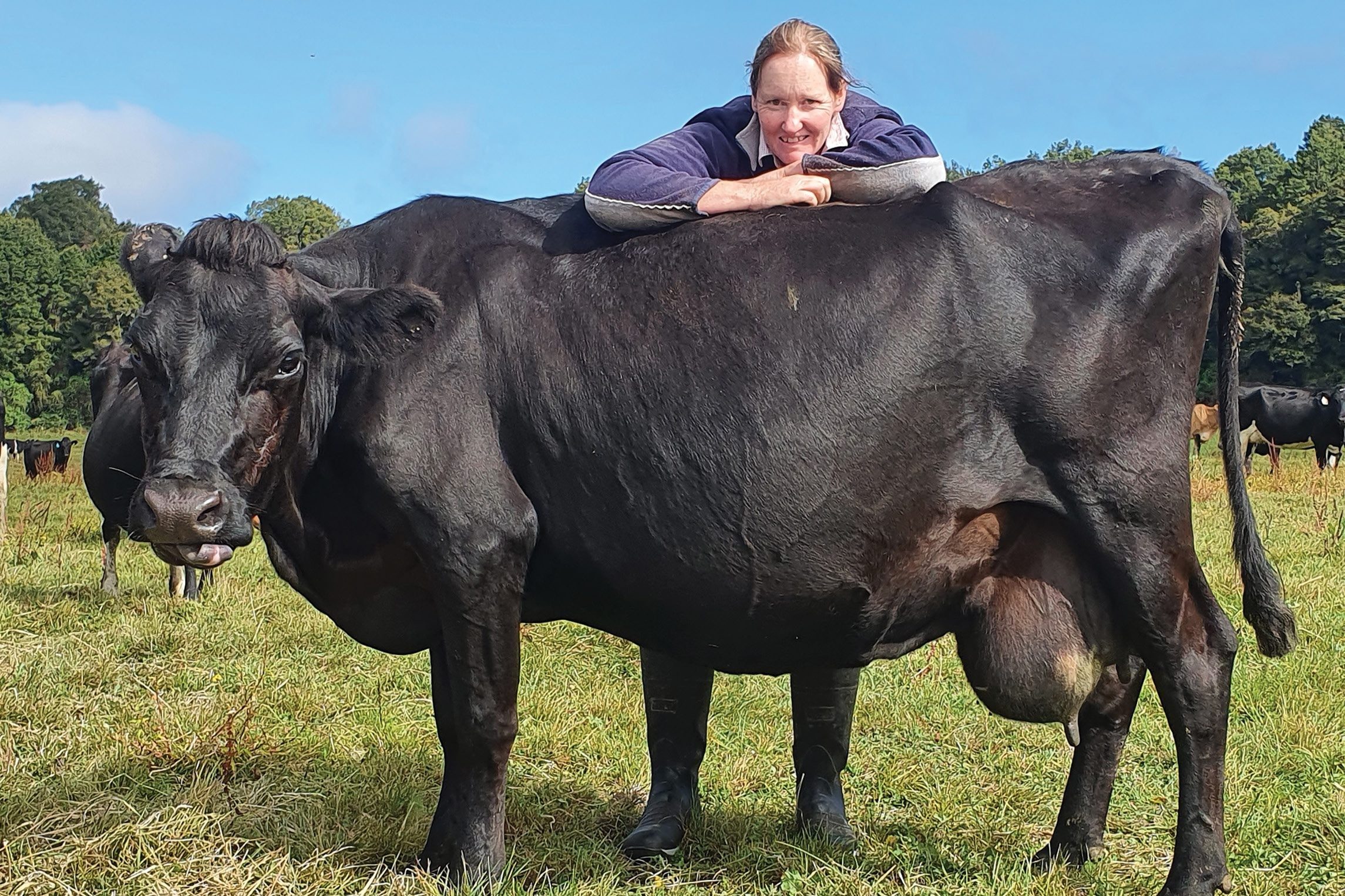By Lisa Whitfield
Pneumonia is a common and important disease in pastoral livestock, despite it being reported to be less common here than in housed livestock systems overseas.
Some of the most challenging cases I have been involved with have been animals with severe pneumonia. Whether it is youngstock or cows in the herd, animals should be examined promptly, treated for long enough, and monitored afterwards to assess the long-term impact on their health.
Infection with pneumonia is the result of negative interactions between the animal, their environment and the agents which cause infection.
Exposure to stressors such as weaning, transport, heat stress and cold exposure, dust and nutritional stress all have the potential to reduce the respiratory defences of a cow and lower her immune response, allowing pathogens to gain a foothold in the lungs. Both viruses and bacteria are involved, and it is when bacteria infect the lungs that we see the most serious disease occur.
Clinical signs of pneumonia include coughing, a rapid rate of breathing (more than 40 breaths per minute) and malaise. Animals often have a rough coat and rapidly drop body condition. A fever may or may not be present.
R1 and R2s are of particular concern for the development of serious disease as they are more likely to have a longer interval between the time they first become sick and when they receive treatment. As the duration of infection lengthens into weeks, pleurisy and lung abscesses form which make it much harder for the animal to fully recover.
The easiest way to identify youngstock with suspected pneumonia is through regular weighing, looking at individual growth rates, and having any poorly growing animals examined. Any animal growing at less than 0.3kg per day will benefit from an examination.
Youngstock which develop pneumonia tend to be thrifty for an extended period after they have been treated, and in some cases they may have ongoing problems such
as a persistent cough and failure to carry good condition for the rest of their lives. They may struggle to get in calf, and may not produce well during their first lactation.
Adult cattle are more likely to be found ‘off-milk’ and ‘off-colour’ in the herd. They will often become slow and fall behind when the herd is shifted, or they may hang back when given a fresh break.
Historically a diagnosis of pneumonia was often made through the exclusion of other diseases – auscultation of the lungs with a stethoscope is not always effective at detecting disease. However, ultrasound is a tool which all large animal vets have access to, which can make the diagnosis of pneumonia much easier. Evaluation of the lungs with an ultrasound machine can be performed in a short time, and provides very specific information on whether lung disease is present or not.
Treatment of pneumonia relies on the use of antibiotics and anti-inflammatories. The duration of antibiotic therapy is often dictated by how easy access to the animal is, however, using resolution of clinical signs rather than convenience/ inconvenience will result in better outcomes – the minimum course of therapy would usually be 10 days for mild cases, and in bad cases it could be up to six weeks.
The two main clinical signs to monitor for improvement are respiratory rate and body condition. It is also beneficial to provide a cow-cover for affected animals in winter.
In the long term, pneumonia can result in ongoing problems with ill thrift and poor reproductive outcomes in affected animals, and may result in early culling. Prevention of pneumonia is not easy to achieve – the provision of shelter needs more attention on most dairy farms throughout the country, but there is no quick fix.
The combination of wind and rain provides a particularly good recipe for outbreaks of disease for all livestock. Establishment of good shelterbelts is limited by irrigation systems in many areas. This is an area where it would be great to see more innovation and development invested to find a practical solution for our pasture-based stock.
- Lisa Whitfield, is a Manawatu production animal veterinarian.





